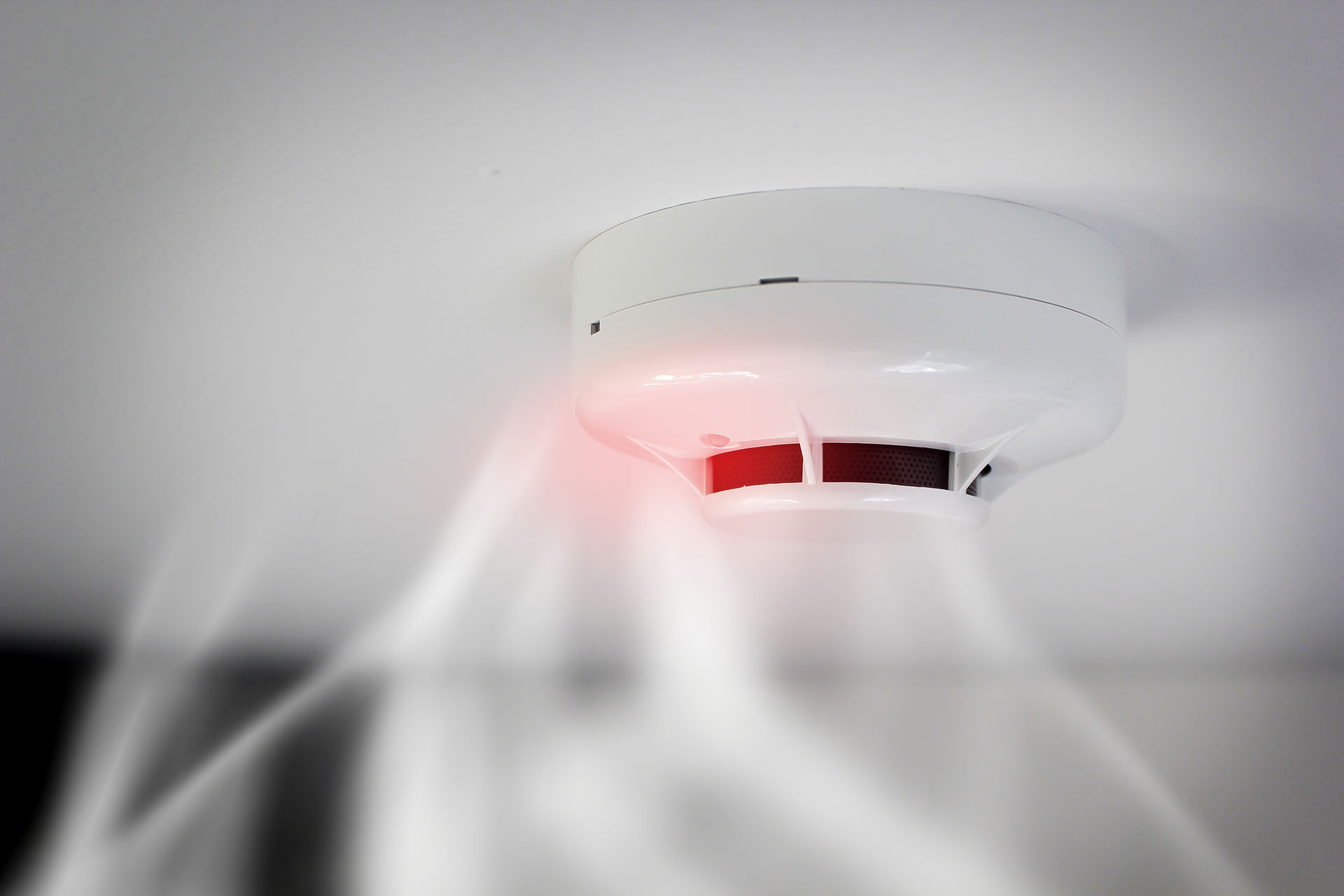Fire Safety Solutions
Keeping your staff, assets, and premises safe is a top priority, and as an organisation, you have a responsibility to comply with The Regulatory Reform (Fire Safety) Order 2005.

Keeping your staff, assets, and premises safe is a top priority, and as an organisation, you have a responsibility to comply with The Regulatory Reform (Fire Safety) Order 2005.
Most fires are preventable if your fire systems are fully functional and certified to the correct British Standards. ClearView provide a comprehensive range of fire safety solutions, including fire alarm systems design and installation, fire extinguisher installation and maintenance, and emergency lighting solutions.
At ClearView, we design and install fire alarm systems tailored to your business. Learn more about our installation services and protect your staff, assets, and premises from fire.
A critical fire safety item, fire extinguishers are always ready to tackle any fire emergency. Discover more about our installation and maintenance services to protect your business.
Essential for clarity during fire emergency evacuation, we provide installation and maintenance of your emergency lighting systems. Explore our services.
We provide a range of cost-effective and dependable fire safety solutions to protect your business, including:
Trust ClearView to safeguard your staff, assets, and premises from the risk of fire with our comprehensive fire safety services.
The Regulatory Reform (Fire Safety) Order 2005 sets out the legal requirements for fire safety in the UK. Businesses are required to conduct a fire risk assessment, install and maintain appropriate fire safety equipment, and provide staff with fire safety training.
Yes, businesses are required to have a fire evacuation plan in place. This plan should include details of emergency escape routes, fire safety equipment, and staff responsibilities during a fire emergency.
Fire safety equipment should be checked and maintained regularly to ensure it is in good working condition. The frequency of maintenance and checks will depend on the type of equipment and the manufacturer’s recommendations.
Businesses can conduct their fire risk assessment, but it’s recommended to have a competent person carry out the assessment. This can be someone from within the company or a specialist fire safety consultant like ClearView.
The responsibility for fire safety in a business falls to the employer or person in control of the premises. This includes ensuring that all fire safety equipment is installed, maintained, and working correctly, and that staff receives appropriate fire safety training.
Under UK fire safety regulations, staff must receive appropriate fire safety training. This should include fire safety awareness training, which covers the risks of fire, fire safety equipment, and evacuation procedures, as well as training for fire marshals or wardens who are responsible for implementing the fire evacuation plan.
Ensure your fire and security systems stay fully operational, reduce costs, and free up staff resources, all while staying compliant with legal and insurance requirements. Discover how we can help keep your business protected 24/7.